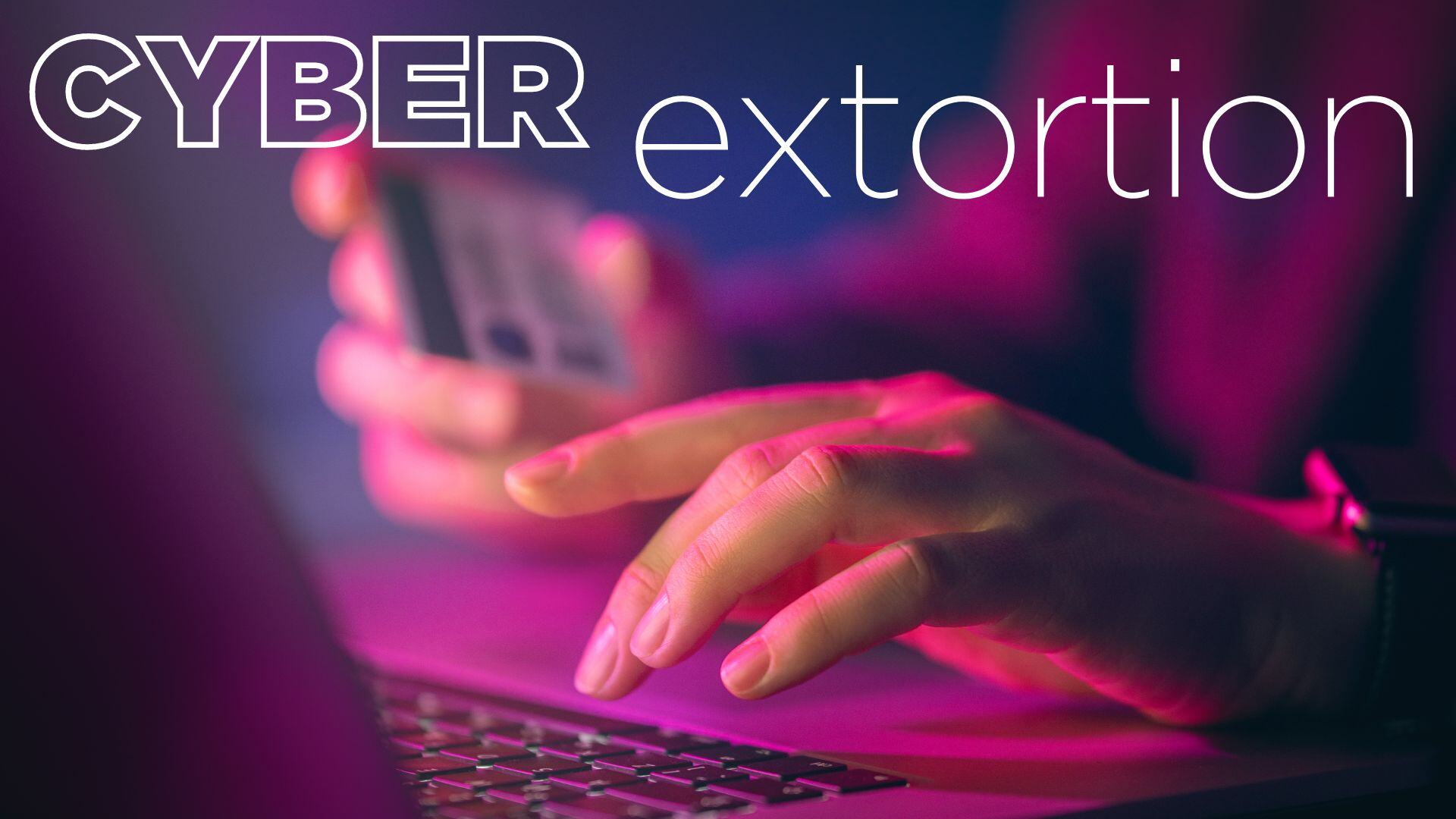2 min read
Navigating the Threat Landscape: Understanding and Mitigating Cyber Extortion Risks
Ian Robertson
:
Aug 27, 2024

In today’s digital age, the menace of cyber extortion looms large, posing serious risks to businesses across the globe. Whether it’s a blip on your radar yet or not, understanding this threat is crucial for safeguarding your operations.
What Exactly is Cyber Extortion?
Cyber extortion is a severe form of cybercrime where criminals threaten to disrupt or damage a business by attacking its digital infrastructure unless a ransom is paid. The most common tool at their disposal is ransomware—malicious software that locks access to data by encrypting it, effectively holding it hostage until the ransom is paid.
Increasingly, cybercriminals employ a tactic known as double extortion. In these cases, attackers not only encrypt data but also steal it, threatening to leak it on dark web sites if their demands aren’t met. This method compounds the potential damage and urgency to resolve the situation.
The Growing Threat to Small Businesses
According to recent data, incidents of cyber extortion have surged by 77% in the past year, with small businesses particularly vulnerable. These businesses are targeted up to four times more frequently than larger corporations due to typically lower defensive capabilities. In the first quarter of this year, over a thousand businesses reported double extortion attacks—a figure likely understated as many cases go unreported, obscured in what experts refer to as the “dark number.”
All businesses, irrespective of their size or sector, are potential targets. However, industries like manufacturing, professional services, and wholesale trade are particularly at risk. Disturbingly, the healthcare sector also faces rising threats, heightening concerns given the potential societal impact.
Cybercriminals are not random in their attacks; they strategically target regions with robust economic activities and shared linguistic ties. For example, the incidence of cyber extortion in the United States has skyrocketed by 108%.
Proactive Measures to Protect Your Business
The escalation in cyber extortion calls for heightened vigilance and proactive defense strategies:
• Data Backup: Implement a solid backup strategy. Store critical data both offline and offsite, and routinely test your backup systems to ensure they can restore data effectively.
• Software Updates: Keep all systems updated with the latest software patches, particularly those connected to the internet. This closes off vulnerabilities that could be exploited by attackers.
• Multi-Factor Authentication (MFA): Enhance security with MFA, which requires additional verification to grant access, such as a code sent to another device.
• Patch and Vulnerability Management: Regularly update your systems to patch security loopholes. Cybercriminals exploit known vulnerabilities, so timely updates are crucial for preventing attacks.
Understanding the nature of cyber extortion and the tools at your disposal to combat it can greatly enhance your preparedness. Being proactive, rather than reactive, is key to defending your business effectively.
Empowering Your Business Against Cyber Threat
At Robertson Technology Group, we specialize in managed technology security and support solutions tailored for small to medium-sized businesses. Our approach is designed to alleviate the burden of technology management, allowing businesses to operate without the need for onsite IT staff. We understand the unique challenges faced by smaller enterprises and provide customized, flexible technology solutions that ensure security and reliability.
Our commitment is to forge partnerships that empower businesses to thrive in a secure digital ecosystem. With a focus on continuous innovation and exceptional customer service, we are dedicated to helping businesses across Canada navigate the complexities of cybersecurity.
By partnering with us, you leverage our expertise to fortify your defenses against cyber threats, including the ever-present danger of cyber extortion. Together, we can ensure that your business is not only prepared but resilient in the face of cyber challenges.